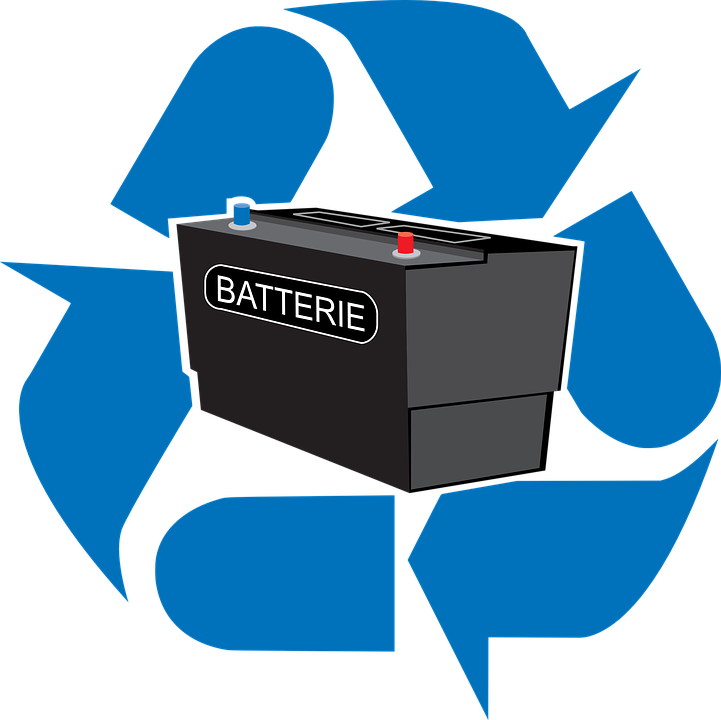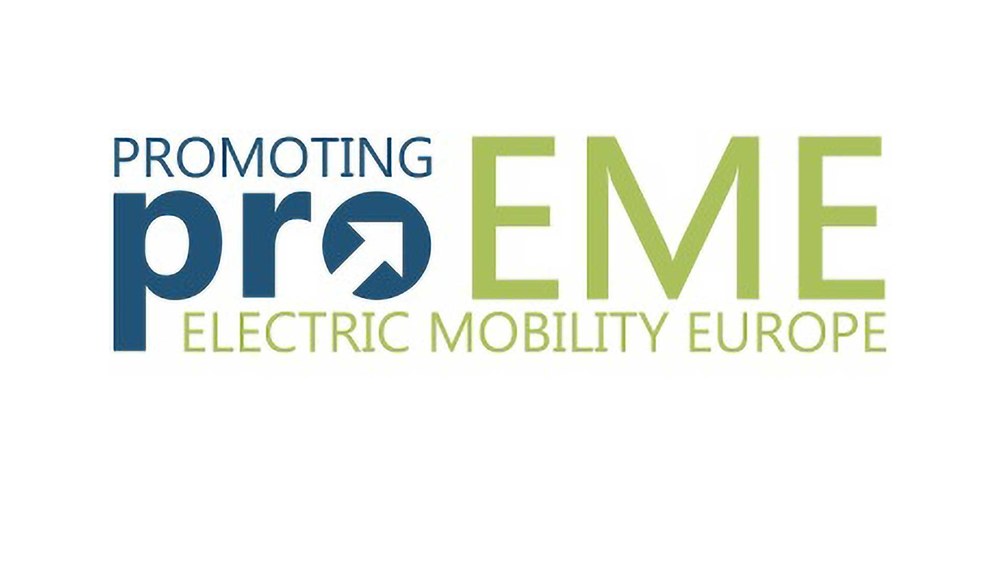VECTOR21 – Projects
Structural study BW 2023 - Effects of the transformation to electromobility on value creation and employment (2023)

e-mobilBW
This study presents in-depth analyses of current technological developments in the automotive industry as well as the opportunities and challenges presented by the electrification and automation of vehicles. Using two scenarios for the car and truck sector - simulated with the DLR vehicle technology scenario model VECTOR21 - the structural change and market ramp-up of electromobility by 2050 are simulated, assuming different developments in the political, market and technological framework conditions, and the effects on value creation and employment in Baden-Württemberg's automotive cluster are derived from this. Recommendations for action to successfully shape the transformation process are also presented.
ARIADNE (2021 - 2022)

Ariadne-Projekt
ARIADNE is part of one of the largest German research initiatives on energy transition and climate neutrality, the Kopernikus projects, funded by the BMBF. In a joint learning process between science and society, it investigates effects of the use of different technologies on the German climate balance as well as political measures and regulatory change requirements to achieve cross-sectoral and sector-specific climate targets. Thus, it completes with a total of more than 30 partners from industry, science and civil society, it complements the three other Kopernikus projects and their primarily technical focus (grid expansion, energy conversion, industrial flexibilization).
VECTOR21 is used in this project to simulate powertrain development, as well as the use of climate-neutral fuels in the passenger car and commercial market market until 2050. Three scenarios with specific technology orientation (electrification, hydrogen, e-fuels), as well as a technology mix scenario and reference scenario are modeled. A recent report of the VECTOR21 scenario results can be found below: Project Report "Germany on the Way to Climate Neutrality 2045".
BEniVer (2019 - 2022)

BEniVer
As part of the "Energiewende im Verkehr" research initiative, the scientific accompanying research project "BEniVer" is comprehensively investigating the development of renewable fuels with the aim of networking the initiative's 14 technical research projects with over 100 participating research groups and industry partners, leveraging synergy potential and making the project results comparable. The project focuses on interdisciplinary analyses of technical, ecological, economic and social effects.
In the BeniVer project, Vector21 is used to analyze the transportation potential of alternative fuels in the future. The total costs and emissions of alternative fuel types, such as synthetic fuels or hydrogen, have been studied in detail from production to combustion. Market simulations have been made to find out the future demand of consumers for vehicles using these fuel types by using the utility maximization method.
More information about the project:
AutomoVer (2019 - 2021)

AutomoVer
The DLR-internal project aims to design a picture of the future for an automated, integrated transport system whose benefits for society, the economy and the environment are as great as possible. To this end, several overarching scenarios are being developed by combining individual innovations in passenger and freight transport on the road, rail, water and air transport modes and their accompanying framework conditions. The DLR Institutes of Transport Research, Transport Systems Engineering, Vehicle Concepts, and Airports and Air Traffic are involved in the project.
Vector21 is used to simulate the market share of autonomous vehicles until 2040 the AutomoVer project. The future market shares of these vehicles are calculated under different scenarios by considering how the energy consumption of driverless vehicle technologies will be compared to the conventional vehicles, what will be the extra production cost for the components of those vehicles and how much the customers "willingness to pay" for these technologies. Models are created in this project for both passenger cars and heavy-duty vehicles.
Circulation strategies for battery systems in Baden-Württemberg (2019 - 2020)

VECTOR21
In a study funded by the Ministry of the Environment in Baden-Württemberg, cycle strategies for traction batteries were identified and evaluated in cooperation with the Fraunhofer IPA. In addition to the ecological balance of two recycling processes, future quantities of EoL batteries within the Baden-Württemberg system boundary were forecast. Furthermore, the development of relevant parameters of the Li-ion technology was assessed in order to derive possible effects on circulatory strategies.
The total number of Electric vehicles in Baden-Württemberg, consequently the potential amount of batteries to recycle in a specific year is estimated by Vector21 in this study. The effect of Nation-wide or EU level policies on the amount of battery recycled in Baden-Württemberg is analyzed under progressive and moderate scenarios.
Publication: "Kreislaufstrategien für Batteriesysteme in Baden-Württemberg"
ProEME (2019 - 2021)

Proeme
proEME supports the development of electric mobility in urban Europe. The objectives of the project are focused on creating the critical mass of electric mobility communities in order to analyze and accelerate electric vehicle markets in Europe. Through direct contact with stakeholders and via different platforms with mobility consumers analysis will be developed and the understanding of decision making of mobility consumers, fleet managers, dealers, manufacturers and authorities for green public procurement will be advanced. Analysis, dissemination and exchange of results within the new established international network of stakeholders and policy makers will boost policy support for electric mobility.
In the ProEME project, Vector21 is used for building a Decision Support Tool for customers in seven different EU countries, namely Germany, Netherlands, Denmark, Sweden, Finland, Hungary, and Austria. The aim of the tool is to provide a detailed Total Cost of Ownership comparison with customized settings among various powertrain options for a customer. The tool can be used both for passenger cars, heavy- and light-duty vehicles, it is also capable of making the calculation for fleets ownership.
BWe mobil structural study (2018 - 2019)
The study on the investigation of transformation and structural change through electromobility, digitization and automation are intended to systematically analyze the implications for a positive design of change in the automotive and mobility industry in Baden-Württemberg. This should help to support Baden-Württemberg as an automotive location and to understand and use the technological change and the associated structural change as an opportunity.
The DLR VECTOR 21 model was used to simulate market and consumer behavior and produce plausible scenarios of the market for new passenger cars in Europe under two different framework conditions.
Publication: "Strukturstudie BWe mobil 2019 - e-mobil BW"
Traffic development and environment (2014 - 2019)

The study on the The institutionally funded and cross-institute project “Transport Development and Environment” is a joint project in the DLR “Transport” program, in which ten DLR institutes as well as the Karlsruhe Institute of Technology (KIT) and the Helmholtz Center Geesthacht (HZG) are involved. The four-year second project phase started on January 1, 2014. The Institute for Transport Research was responsible for coordinating and managing the project. With the cross-topic and cross-institute view of the transport system, the project performs an important integrating function within the Helmholtz Association and in the DLR Transport program. The VEU project also ties in with the research work of the other DLR programs, in particular energy and aviation.

